Questionhello, i recently took my ornate box tortoise to a vet because she has a cracked mandible (lower jaw)which she will be operated in a week for repair. the vet said that my tortoise is lacking essential vitamins and suggested to get a 65 volt uvb lighting which would cost $65 plus the light fixture and stand totaling about $120. However, since i think that is kind of costly i went to Petco pet store and bought a 16 volt uvb light for far less money. Should i go with the vet's suggestion or is the 16 volt uvb light good enough?
AnswerHi Dana, I just want to go over a few of the pros and cons between these types of bulbs so that you can make a better informed decision. From the wattage and price quotes you gave it sounds like you are deciding between a mercury vapour (MV) type bulb and a fluorescent bulb for providing UVB to your boxie. The MV bulbs produce a higher intensity of UVB then fluorescent bulbs and it also penetrates a greater distance. For this reason they are good choice for larger enclosures but can overheat smaller ones. The useful level of UVB also lasts longer and they produce heat in addition to UVB. These factors can make them fairly cost effective despite the much higher price tag. Because they produce a higher level of UVB they tend to be used for reptiles that bask frequently in high UV environments like deserts, open scrubland and tropical areas. North American boxies often favour semi-shaded areas with high humidity. Your vet is likely choosing a more intense bulb for the purposes of treating this deficiency but it will be of little benefit if your turtle stays hidden away from it.
The fluorescents produce no heat and lower intensity UV. For most, the lamp should be no more then 12 -18 inches away from the animal to produce benefit. They lose effectiveness after 6 - 8 months but can still be used for general lighting purposes after that. Their relative UV output is usually expressed as a percentage. The lower ones (5%) are generally recommended for woodland or foliage dwelling animals while the 10% version is for desert animals.
The purpose of UVB exposure is to trigger the synthsis of vitamin D3 which in turn allows the effective absorption of dietary calcium. Vitamin D3 can also be supplemented in the diet but care must be taken as it can be overdosed. The captive care recommendations for virtually all UVB requiring reptiles (with the rare exception of those that live primarily outdoors in unfiltered sunlight) is to combine UVB exposure with some dietary D3 supplement. Did your vet also advise you on additional calcium/vitamin D3 supplements that can be added to the food?
Providing your boxie with one of the higher intensity fluorscent bulbs (8 or 10%) along with a vitamin mineral supplement may be a suitable compromise that you can discuss with your vet. Good luck with up-coming surgery.

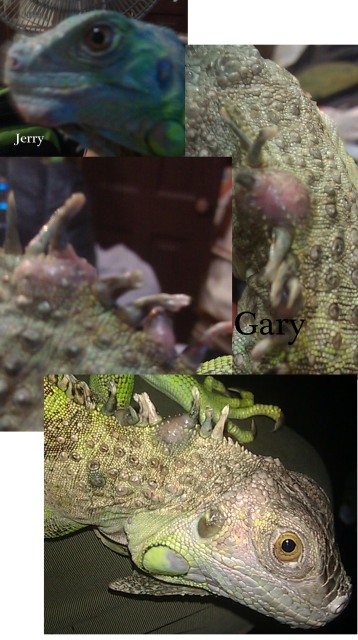 Iguanas abscess
Questionabscess
QUESTION: I have two 4 year old
Iguanas abscess
Questionabscess
QUESTION: I have two 4 year old
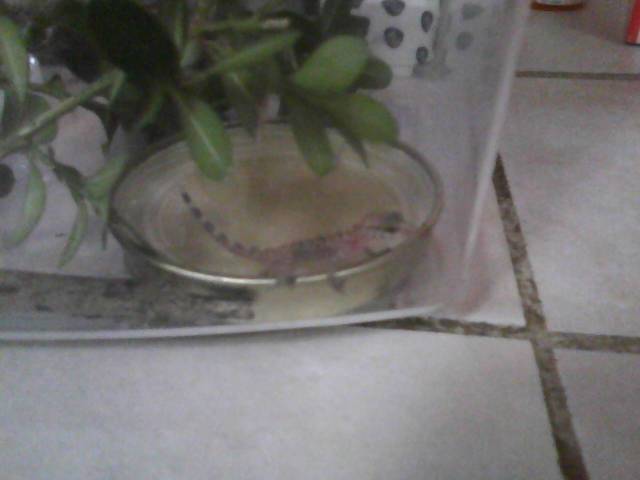 North Texas Gecko (possibly banded gecko??)
QuestionNorth Texas Gecko
QUESTION: My 6 year ol
North Texas Gecko (possibly banded gecko??)
QuestionNorth Texas Gecko
QUESTION: My 6 year ol
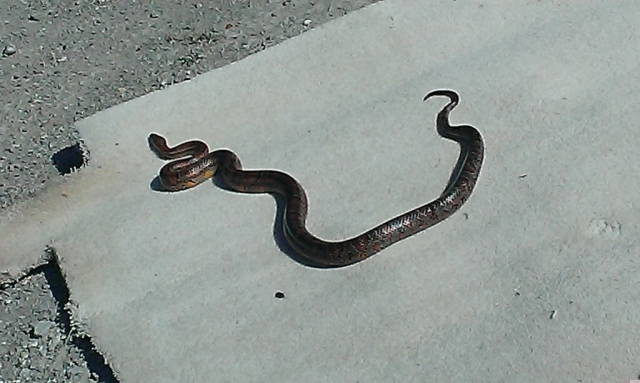 Snake ID
Question
Snake Snake
Can you tell me hat k
Snake ID
Question
Snake Snake
Can you tell me hat k
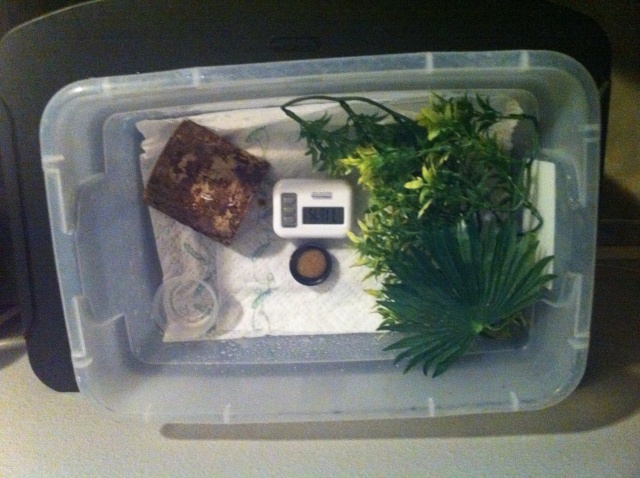 babe crested gecko
Question
crested gecko tub
i just got my crested gecko
babe crested gecko
Question
crested gecko tub
i just got my crested gecko
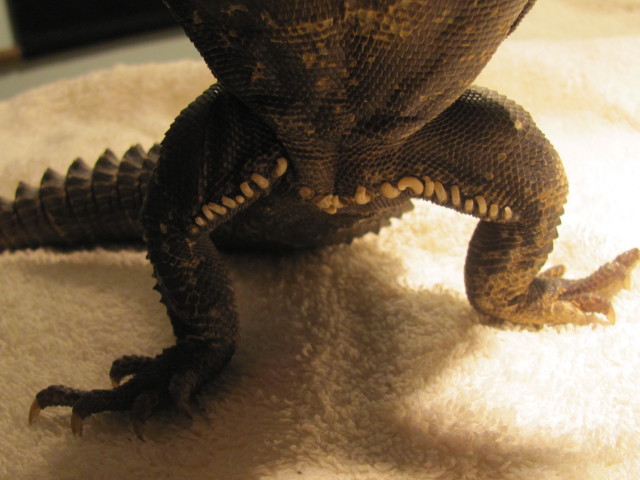 Uro parasite??? Please help
Questionloops
QUESTION: Hi Donna,
Ive had my u
Uro parasite??? Please help
Questionloops
QUESTION: Hi Donna,
Ive had my u